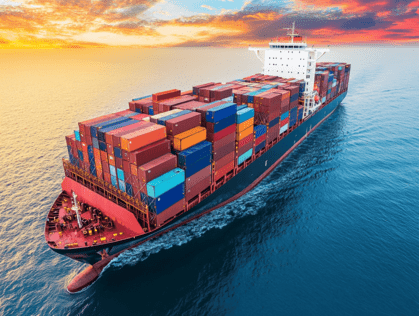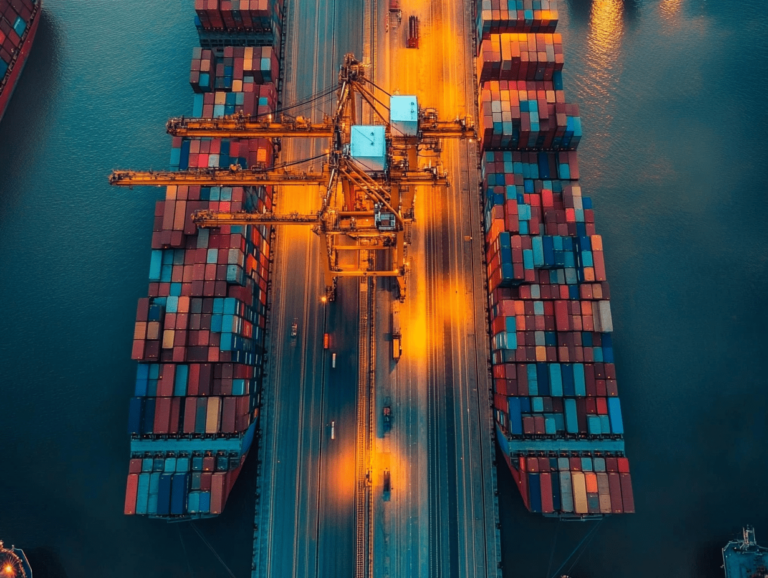| Definition | Refers to the frequent and often unpredictable changes in the cost of marine fuel (bunker fuel) used by ships. | Refers to consistent and predictable bunker fuel prices over a period of time. |
| Impact on Operational Costs | Operational costs can vary significantly, leading to potential budget overruns and financial unpredictability. | Provides a predictable cost structure, allowing for accurate budgeting and financial planning. |
| Risk Management | Requires robust risk management strategies, including fuel hedging and contractual adjustments. | Lower risk environment, reducing the need for complex risk management strategies. |
| Contractual Implications | Contracts often include bunker adjustment factors (BAF) to mitigate the impact of price fluctuations on freight rates. | Simplifies contractual agreements with fixed bunker pricing, reducing the need for frequent adjustments. |
| Cash Flow Management | Fluctuating prices can lead to cash flow instability, requiring more liquidity to cover unexpected cost increases. | Stable pricing helps maintain steady cash flow, improving financial stability and planning. |
| Economic Factors | Highly influenced by global economic conditions, geopolitical events, and supply-demand dynamics in the oil market. | Less susceptible to short-term economic shocks, providing more economic stability for shipping companies. |
| Impact on Shipping Rates | Volatile bunker prices can cause shipping rates to fluctuate, affecting competitiveness and profitability. | Stable prices contribute to consistent shipping rates, enhancing market competitiveness and profitability. |
| Fuel Efficiency Investments | Encourages investment in fuel-efficient technologies and practices to mitigate cost impacts. | Less immediate pressure to invest in fuel efficiency, but long-term investments remain beneficial. |
| Environmental Considerations | Price volatility may lead to increased use of cheaper, higher-emission fuels during low-price periods. | Stable pricing supports consistent use of cleaner fuels, aligning with environmental regulations and sustainability goals. |
| Technological Adaptation | Promotes the adoption of advanced technologies such as digital fuel monitoring and optimization tools to manage costs. | Technological investments may focus more on operational efficiency rather than cost mitigation. |
| Regulatory Compliance | Compliance with emission regulations can be more challenging due to cost pressures and the need to switch between fuel types. | Easier compliance with environmental regulations due to predictable fuel costs and usage patterns. |
| Market Stability | Contributes to market volatility, impacting long-term contracts and strategic planning. | Enhances market stability, supporting long-term contracts and strategic initiatives. |
| Investment in Alternative Fuels | Higher price volatility can drive investment in alternative fuels and propulsion systems to reduce dependency on traditional bunker fuel. | Stable prices may slow the urgency for investment in alternatives but support gradual transition strategies. |
| Supply Chain Resilience | Increases supply chain vulnerability due to cost variability and potential supply disruptions. | Improves supply chain resilience with predictable costs and stable supply chains. |
| Global Trade Impact | Can affect global trade dynamics, with higher costs potentially reducing trade volumes and altering shipping routes. | Promotes consistent global trade flows by maintaining stable shipping costs, supporting global economic growth. |
| Strategic Planning | Requires dynamic and flexible strategic planning to adapt to price changes and manage financial risk. | Facilitates long-term strategic planning with predictable cost structures, enhancing business continuity and growth potential. |
| Industry Trends | Industry trends may shift rapidly in response to price changes, influencing market behavior and competitive strategies. | Stable pricing supports gradual and sustainable industry trends, fostering innovation and steady market development. |
| Future Outlook | Future outlook is uncertain and highly dependent on geopolitical developments, technological advancements, and regulatory changes affecting the oil market. | Provides a more predictable future outlook, enabling better preparation for regulatory changes, technological advancements, and strategic business decisions. |






